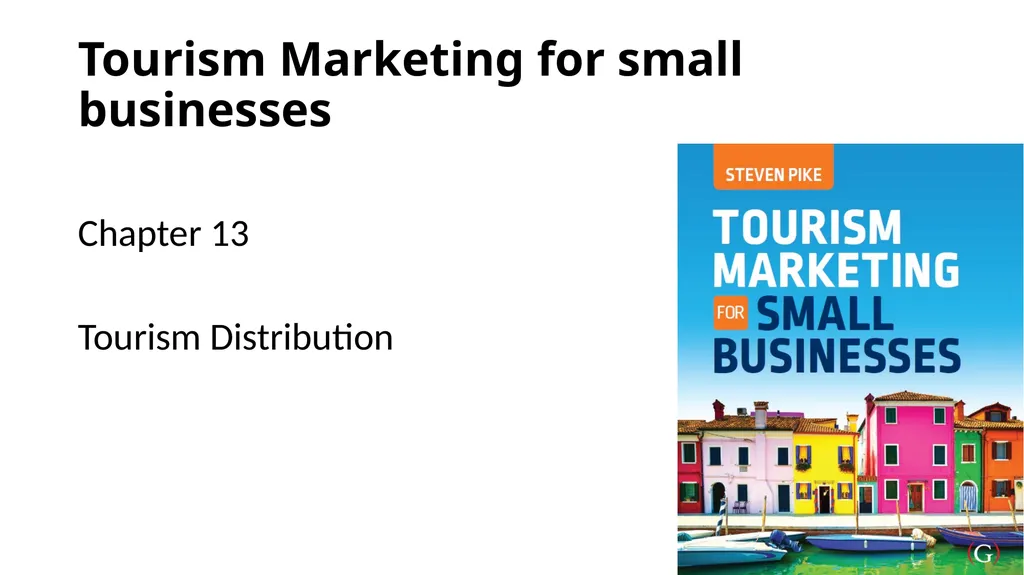Tourism Marketing for small businesses Chapter 13
Author : jane-oiler | Published Date : 2025-05-16
Description: Tourism Marketing for small businesses Chapter 13 Tourism Distribution Chapter learning aims To enhance your understanding of tourism distribution opportunities and challenges commission as a cost of getting a sale through an intermediary
Presentation Embed Code
Download Presentation
Download
Presentation The PPT/PDF document
"Tourism Marketing for small businesses Chapter 13" is the property of its rightful owner.
Permission is granted to download and print the materials on this website for personal, non-commercial use only,
and to display it on your personal computer provided you do not modify the materials and that you retain all
copyright notices contained in the materials. By downloading content from our website, you accept the terms of
this agreement.
Transcript:Tourism Marketing for small businesses Chapter 13:
Tourism Marketing for small businesses Chapter 13 Tourism Distribution Chapter learning aims To enhance your understanding of: tourism distribution opportunities and challenges commission as a cost of getting a sale through an intermediary the range of travel trade intermediaries Key terms Tourism distribution (place) The point of sale (place is the 4th P in the traditional marketing mix) for intangible tourism services, as well as a cost of getting a sale through travel intermediaries. Travel trade intermediaries Agents in the distribution chain, in between a business and their target consumers, such as concierge services, visitor information centres, retail and online travel agents, airlines, inbound tour operators, and overseas wholesalers. Commission The cost of getting a sale through an intermediary, on behalf of the business, typically as a percentage of the advertised retail selling price. Commission levels vary between different types of intermediaries, and can include an override payment to secure preferred supplier status for the tourism business. Tourism distribution For intangible services, distribution represents the point of sale, as well as a cost of getting a sale through travel trade intermediaries. Business pays a commission to an intermediary who supplies a customer Commissions impact on pricing, competitiveness and profits. Intermediaries provide access to consumers, often in markets the business would not be able to reach. As many intermediaries have a powerful influence in travellers’ itineraries, distribution is an important aspect of tourism marketing planning. Commission A cost of getting a sale Akin to tax…high commission costs are because of high sales levels Only paid when a sale is made Commission levels vary between different types of intermediaries Typically 10% + Be aware of kickbacks Unethical cash-under-the-table deals where ultimately the traveller is disadvantaged Preferred supplier agreements A tiered system of preferred service suppliers A preferred supplier is recommended by an agent to their customers first Eg a travel agent displays brochures of preferred suppliers only In return, the service supplier pays a higher level of commission Referred to as an override commission The power of travel trade intermediaries In some markets a small number of intermediaries have enormous influence over travellers’ decision making Eg international outbound packages Gaining access to these intermediaries is a key aim of many tourism service suppliers Securing a contract with leading intermediaries can be a source of competitive advantage At a cost, of course Range of travel trade intermediaries Visitor information centres (VIC) Concierge services














